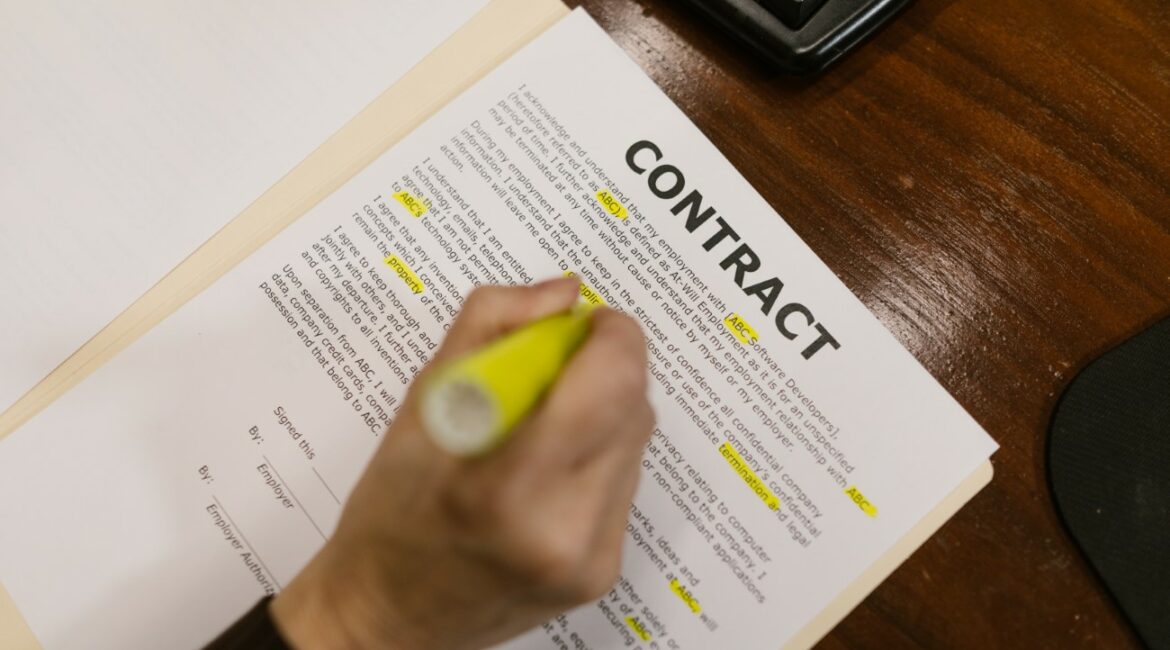Affidavits, those legal documents with a fancy name, often play a crucial role in various life situations. But what are they, and when should you use them? I’m here to demystify affidavits and provide you with a clear guide on how and when to use affidavit templates. So, grab your legal pad (figuratively speaking), and let’s get started! Affidavits might seem like a small piece of legal paperwork, but they can hold significant importance in various aspects of life. Whether it’s confirming your identity, supporting someone’s immigration, or making a name change official, affidavit templates simplify the process while ensuring legal integrity. So, when life calls for one, don’t fret – you’ve got the knowledge now to handle it like a pro!
Understanding Affidavits: What Are They?
To put it simply, an affidavit is a written statement made under oath, usually in front of a notary public or another authorized official. It’s your way of saying, “I swear this is true,” and it holds legal weight.
When to Use Affidavit Templates
Now, let’s dive into some common scenarios where affidavit templates can be incredibly handy:
1. Affidavit of Identity: Used to confirm your identity, especially when you don’t have certain identification documents.
2. Affidavit of Residence: Often required for school enrollment or other official purposes to prove your residency.
3. Affidavit of Support: If you’re sponsoring someone for immigration to your country, this document shows your financial responsibility.
4. Affidavit of Name Change: When you legally change your name, this affidavit helps make it official.
5. Affidavit of Marriage: Sometimes needed to prove your marital status, especially if you’ve lost your marriage certificate.
6. Affidavit of Small Estate: If you need to distribute a deceased person’s assets without going through a lengthy probate process, this affidavit can simplify the procedure.
How to Use Affidavit Templates
Using an affidavit template is straightforward:
Step 1: Download a Template: Find a reputable source online, or consult with a legal professional for a template that suits your needs.
Step 2: Fill in the Details: Provide accurate and truthful information in the template. This is crucial, as you’re swearing it’s true.
Step 3: Sign in Front of a Notary: Most affidavits require your signature to be notarized. Visit a notary public or an authorized official and sign the document in their presence.
Step 4: Keep Copies: After it’s notarized, make copies of your affidavit for your records and for anyone who may require it.
FAQs
Can I create my own affidavit without a template?
Yes, you can draft your affidavit from scratch, but using a template ensures you cover all necessary points and follows legal formatting.
Do affidavits have an expiration date?
Affidavits typically do not have an expiration date, but they should be as recent as possible to maintain accuracy.
Can I use an affidavit in court as evidence?
Yes, affidavits are often used as evidence in court proceedings, but they must be properly notarized and meet legal requirements.
- A Chat with Nate and Mika, Christian Wedding Photographers - July 18, 2024
- Ultimate Guide To Playing Online Casinos - May 27, 2024
- Addiction Recovery Books Worth Reading - January 24, 2024









